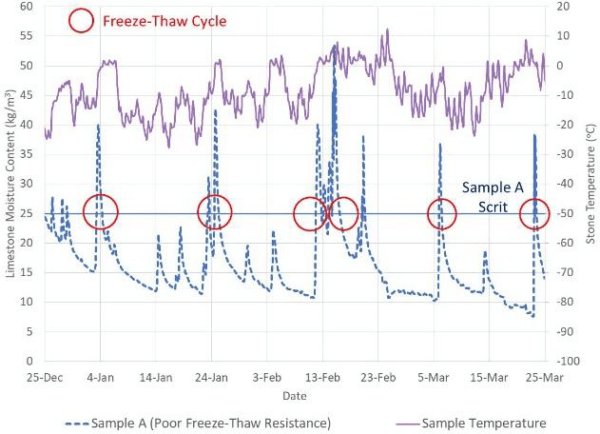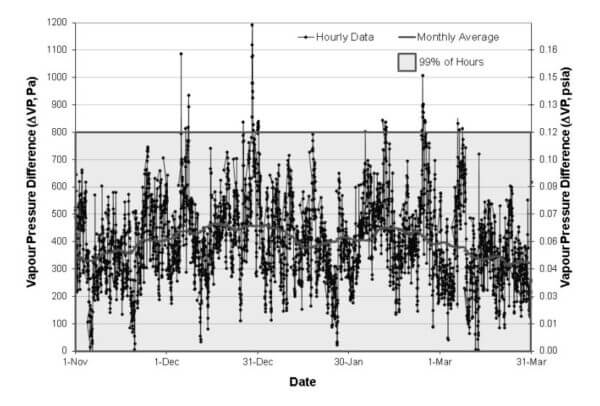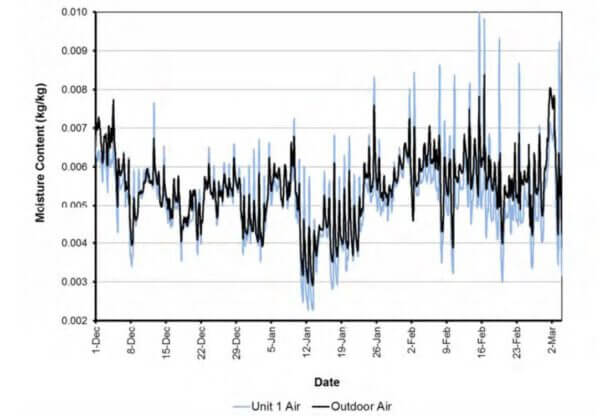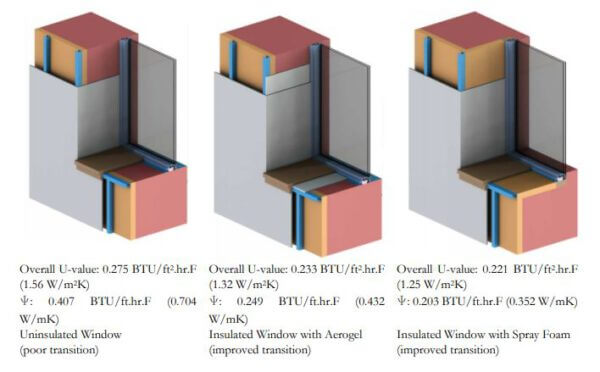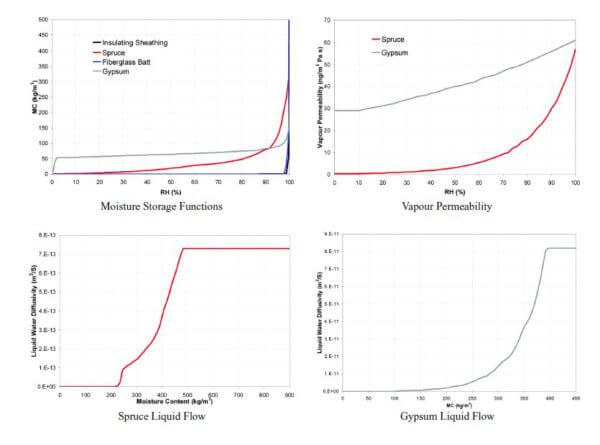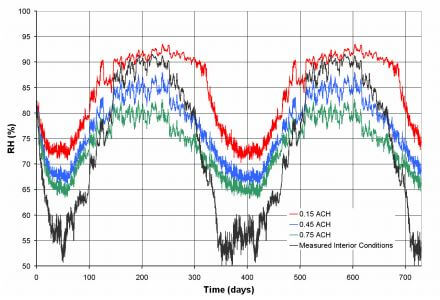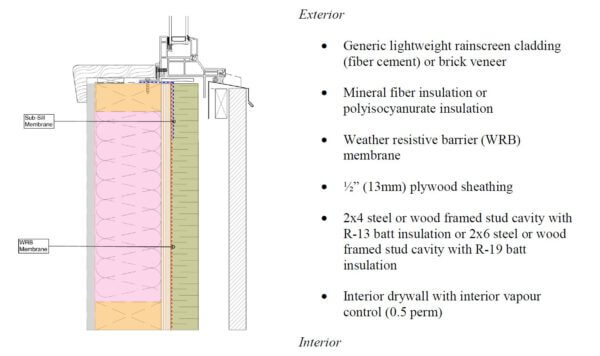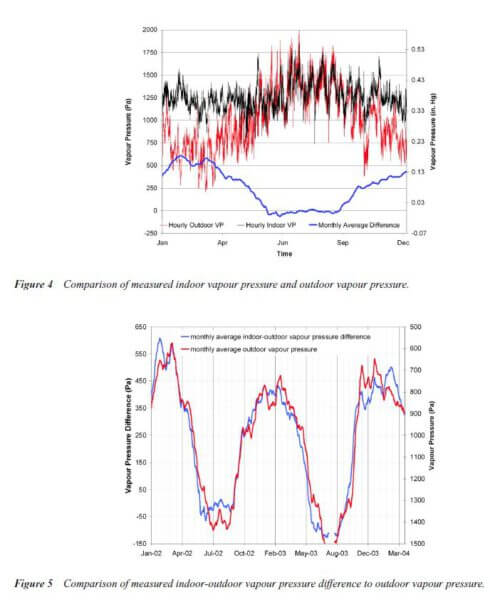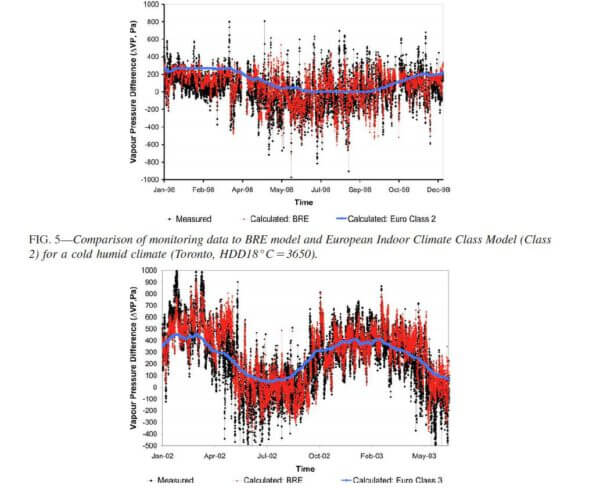Thermal and Hygrothermal Modelling in Deep Energy Retrofit of Heritage Buildings
This study looks at the level of mould growth in wood-framed buildings constructed in coastal climates, particularly on the roof sheathing of ventilated attics. It includes those buildings that fully ...
Read MoreEvaluating Condensation Resistance for the Design of Wall Assemblies
This paper explores how practitioners can approximate the condensation resistance of wall assemblies for residential buildings during the design phase, allowing identification of details where more comprehensive analysis is warranted.
Read MoreAttic Ventilation and Moisture Research Study
This study looks at the level of mould growth in wood-framed buildings constructed in coastal climates, particularly on the roof sheathing of ventilated attics. It includes those buildings that fully ...
Read MoreGuiding Teams by Hygrothermal, Energy, and Thermal Comfort Analysis while Managing Uncertainty
Managing uncertainty is core to all engineering analysis of building performance. Effective solutions are established when managing the risks associated with designs are balanced with the benefits to the clients ...
Read MoreDeveloping a Design Protocol for Low Air and Vapour Permanence Insulating Sheathing in Cold Climates
Morrison Hershfield developed a design protocol for the application of insulating sheathing to low-rise buildings with high interior relative humidity (maximum 60%) for a range of degree-day locations across Canada.
Read MoreBalancing the Control of Heat, Air, Moisture, and Competing Interests
The design of a building for either new construction or rehabilitation must consider the control of heat, air, and moisture (HAM) flows. A large number of buildings in the Lower ...
Read MoreDesign Limits for Framed Wall Assemblies Dependent on Material Choices for Sheating Membranes and Exterior Insultation
There are many opinions in industry with regard to appropriate material choices for sheathing membranes and exterior insulation of framed wall assemblies. Opinions vary on what is sensible for the ...
Read MoreModeling of Uncontrolled Indoor Humidity for HAM Simulations of Residential Buildings
Moisture balance methods have been developed to estimate the indoor humidity in residential buildings that are without mechanical humidity control. Inaccuracies in the assumption of the indoor humidity can result ...
Read MoreSetting Realistic Design Indoor Conditions for Residential Buildings by Vapor Pressure Difference
Indoor relative humidity (RH) is commonly used to characterize the indoor environment for heat-air-moisture (HAM) simulations, chamber studies, analysis of monitoring data, or test hut studies of buildings without recognition ...
Read More
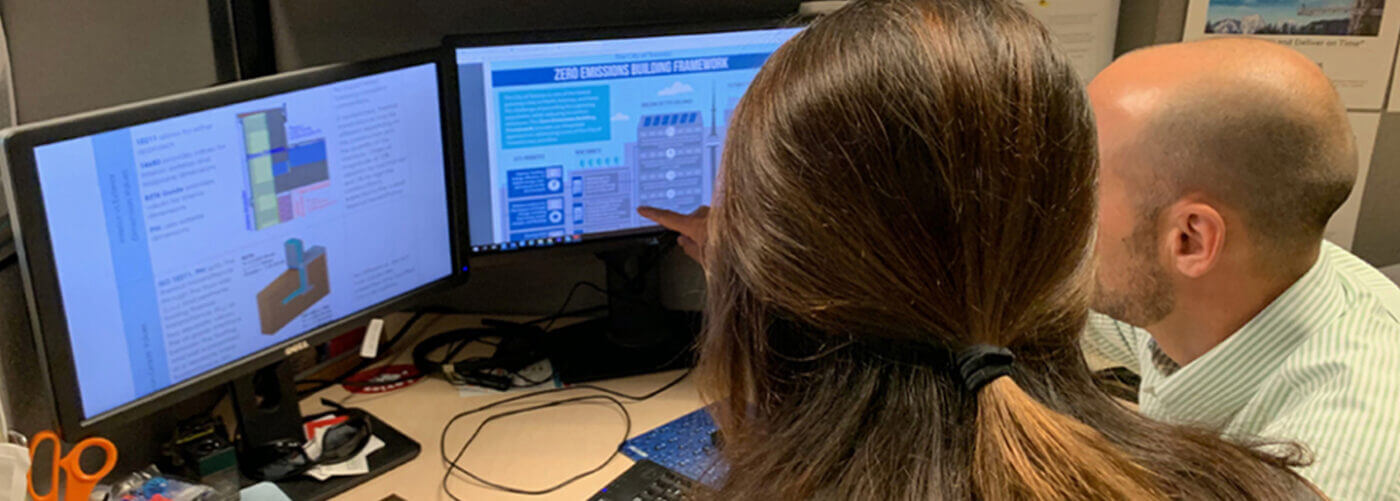
Building Performance Library
Analyzing how all building systems function together to achieve greater energy efficiency, improved durability and optimized performance.
